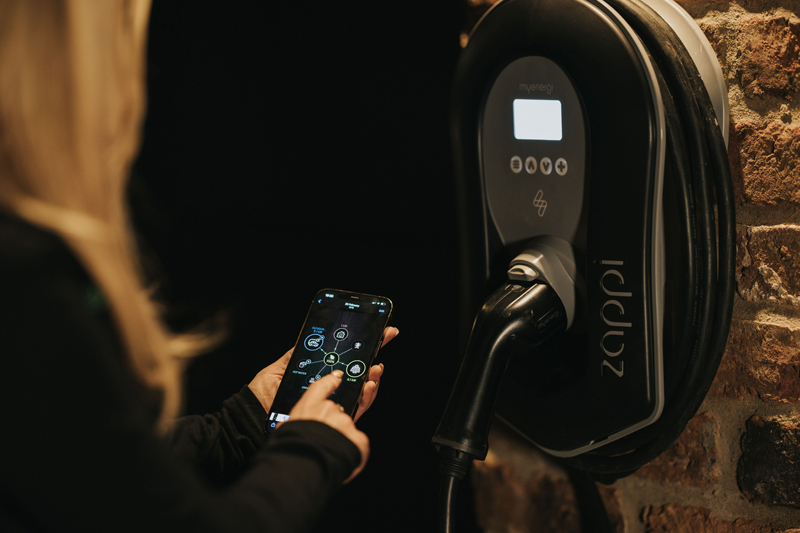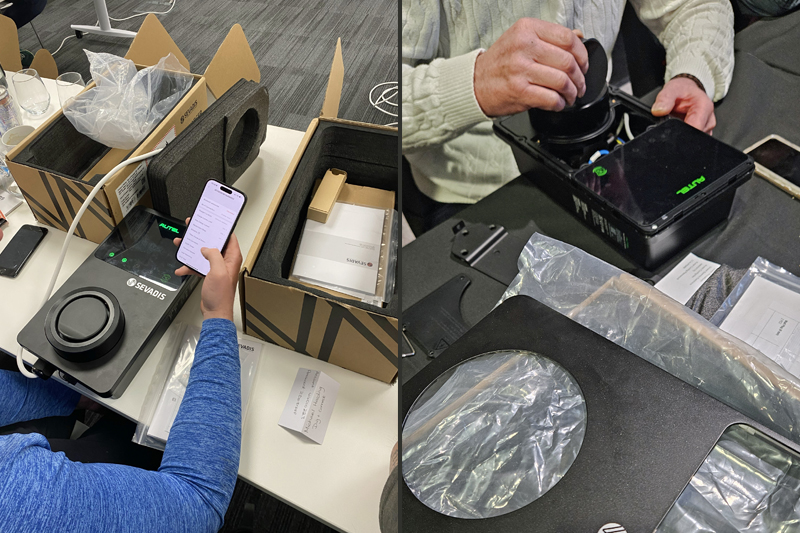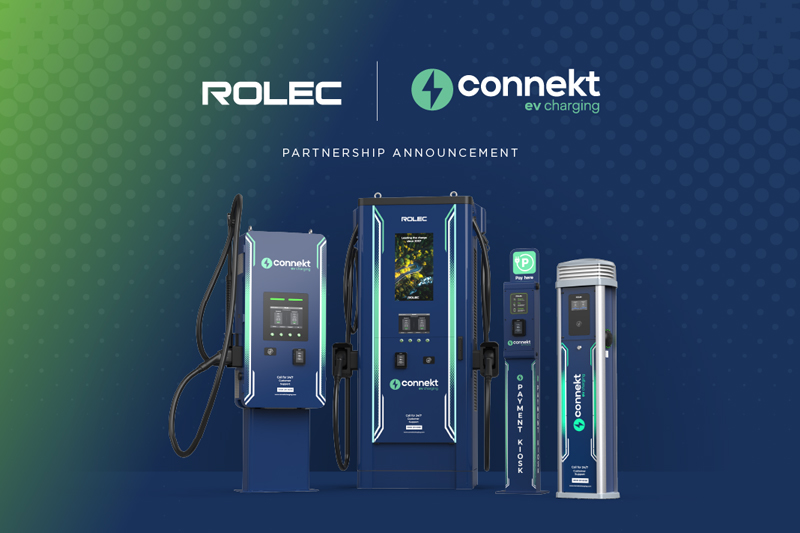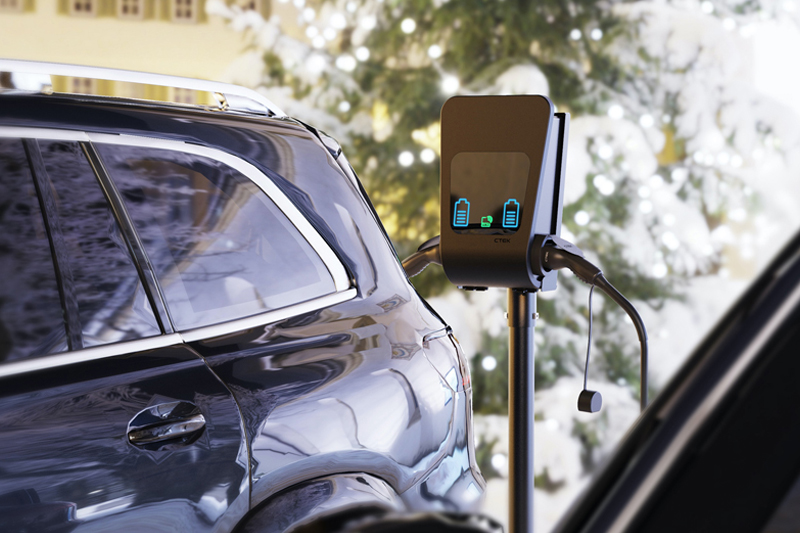As more UK motorists and fleets switch to electric vehicles, the requirements for electric infrastructure are evolving. Lee Sutton, co-founder and chief innovation officer of myenergi, explores the mobility transition and reducing reliance on the grid.
As recently as 2015, just 2.8% of car sales in the UK were electric and hybrid vehicles. Fast forward to 2024, and there were 550,000 new electric vehicles (EV) and plug-in hybrid electric vehicles (PHEV) registered within 12 months – around 28.2% of the entire UK car park. This figure will continue to climb as the UK Government’s impending 2035 vehicle ban for new petrol and diesel cars and vans approaches.
In fact, the Society of Motor Manufacturers and Traders predicts that more than 2 million EVs will be sold in 2035, highlighting the significant shift ahead. This will undoubtedly be an important part of the UK’s 2050 Net Zero ambitions, but there are also other important factors to consider.
Rise of home charging
While the operation of an EV produces no tailpipe emissions, it still requires energy. Fortunately, here in the UK, approximately 58% of our energy generation comes from low-carbon sources. This is predicted to grow to around 99% by 2035. This means that the vast majority of EV miles in 2035 will have no direct emissions from usage.
At the same time, however, it is important to understand behavioural trends among EV drivers. Currently, 85% of all EV charging is said to take place on the driveway. This makes the widespread installation of home chargers an integral part of EV adoption and the backbone of future personal transportation. Fortunately, in mid-2022, Part S of the Building Regulations came into effect. The regulation requires all new homes and buildings to be fitted with a smart EV charger.
But with all these new EVs, PHEVs and home chargers drawing power from mains supply, how will the grid be able to manage the load?
Bearing the load
This cumulative demand presents a significant challenge, particularly considering that most motorists will want to charge their car after returning home from work. This sharp peak, which coincides with pre-established evening energy peaks is one of the reasons why the UK legislated a requirement for all EV chargers to be equipped with ‘smart charging’.
Smart charging was introduced in the Electric Vehicles (Smart Charge Points) Regulations 2021. It stipulated that chargers must have the ability to schedule charging during off-peak periods or when renewable energy generation is high, thereby reducing demand on the grid during peak times.
While this is an excellent stopgap, there is still a question of long-term grid functionality, necessitating widespread network upgrades and maintenance. Policymakers need to understand that meeting emissions targets and transitioning to EVs will also require investment in energy infrastructure, beyond the building of new renewable generation sites.

Household adaptation
While policy decisions remain with those in power, there are proactive options for all of us to consider. One example is the implementation of off-peak tariffs, like those offered by Octopus Energy, which help to further reduce grid demand by incentivising recharging during low-demand periods.
The most effective option for households is to invest in home energy microgeneration systems, such as rooftop solar and small wind turbines. When combined with a large ‘home’ battery, these allow a household to generate and store its own energy. This has two effects: firstly, it provides greater energy independence and minimises reliance on the grid; and secondly, it alleviates pressure on the national grid.
When it comes to EV charging, this stored energy can be deployed outside of peak generation time. It means that households can generate during the day, power their home in the evening, and recharge their EV overnight – all with little to no need for the grid.
At myenergi, we understand the importance of proactivity – our range of eco-smart products is relied upon by households across the UK. For example, our EV charger zappi allows users to recharge their EVs with 100% self-generated renewable energy. Households can also divert renewable energy to domestic heating systems with our power diverter, eddi. We can even help customers automatically optimise energy storage based on the energy being used, how much is generated from renewables, and their electricity tariff, with our intelligent home energy storage system, libbi.
Thousands of myenergi customers are also already playing their part through offering their devices for Demand Side Response (DSR) services, where they essentially remain ‘on standby’ for the grid at times of peak demand, and can adjust their charge rate remotely to either turn down or pause if demand is high and capacity is needed, or turn their consumption up if there is surplus generation that needs to be soaked up to make the grid work as efficiently as possible.
Self-generated
As the number of plug-in vehicles rises, eco-smart devices like these will play a crucial role in enabling consumers to be more energy efficient. We have already witnessed immense progress in the campaign to lower transport and power generation emissions. As the UK progresses towards 2035, it needs to consider the implications of mass EV adoption and better enable households to access self-generated renewables.
Further details are available here
Find more industry features here





